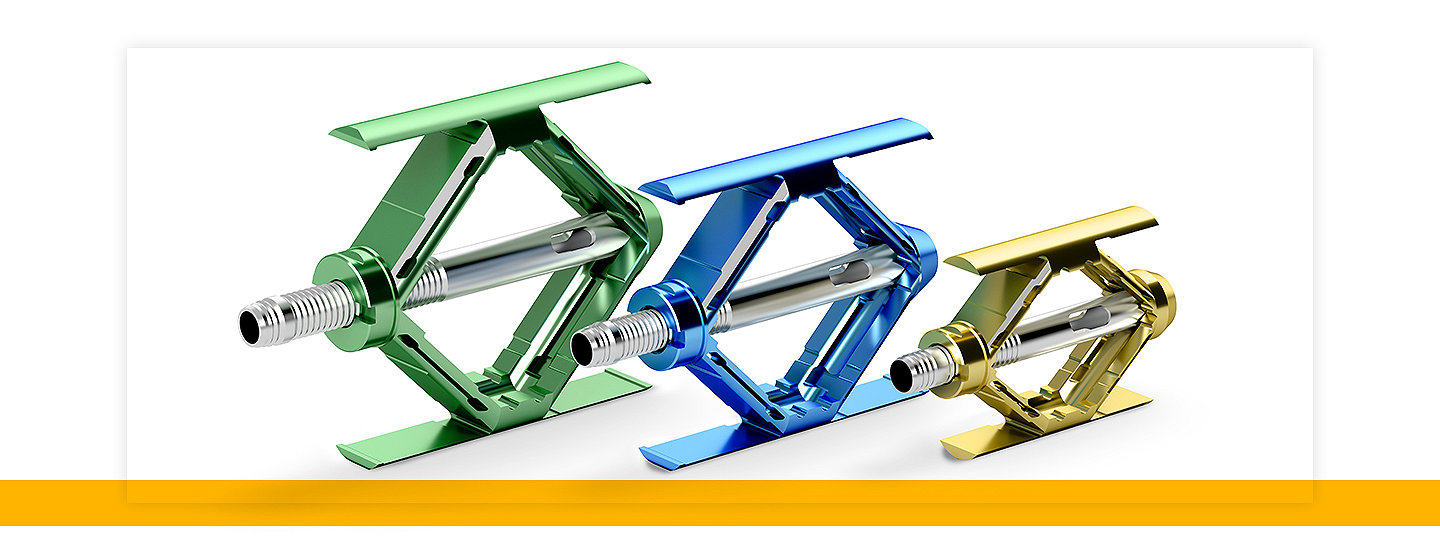CMS grants new technology add-on payment (NTAP) for Stryker’s SpineJack® System
21-Sep-2020

Stryker’s SpineJack implantable fracture reduction system received the U.S. Centers for Medicare & Medicaid Services (CMS) new technology add-on payment (NTAP) as part of the 2021 inpatient prospective payment system. The NTAP provides additional payments for medical services or technologies that are new and demonstrate a substantial clinical improvement over existing technologies or services. The NTAP will be made effective on Oct. 1, 2020, to provide eligible hospitals with incremental reimbursement for the SpineJack System for one year.
Over 700,000 patients in the U.S. suffer from osteoporotic compression fractures each year.1 Changing the course of treatment for vertebral compression fractures (VCF) away from solely pain management, the SpineJack System focuses on reduction, fixation and restoration of these fractures. Vertebral augmentation procedures—such as balloon kyphoplasty (BKP)—have been shown to reduce mortality by up to 55% compared to non-surgical management.2
“The NTAP determination is an important development for patients and physicians in the treatment of osteoporotic compression fractures,” said Greg Siller, vice president and general manager of Stryker’s Interventional Spine business. “Inadequate reimbursement for new technology can be a barrier to providing the best patient care, and now physicians and administrators do not need to make a decision between care and cost.”
The SpineJack System is an implanted fracture reduction system, intended to reduce vertebral compression fractures. After the SpineJack implant is inserted, it is expanded, and Vertaplex HV bone cement is injected at a low pressure to stabilize the restored vertebral body.
About the decision
The CMS NTAP decision was based both on public commentary as well as findings from the SAKOS trial—a prospective, multicenter, randomized study designed to support a non-inferiority finding for use of the SpineJack System versus BKP in the treatment of painful osteoporotic VCF. SAKOS provided compelling evidence to establish the superiority of the SpineJack System over BKP with regards to absence of adjacent level fractures and midline vertebral body height restoration at both 6 and 12 months after the procedure.3
- Siemionow K, Lieberman IH. Vertebral Augmentation in Osteoporotic and Osteolytic Fractures. Curr Opin. Support Palliat Care. 2009 Sep;3(3):219-25.
- Edidin AA, Ong KL, Lau E, Kurtz SM. Morbidity and mortality after vertebral fractures. Spine. 2015;40(15):1228-1241. [PubMed] [Google Scholar]
- Noriega D et al. A prospective, international, randomized, non-inferiority study comparing an implantable titanium vertebral augmentation device versus balloon kyphoplasty in the reduction of vertebral compression fractures (SAKOS study). The Spine Journal. 2019. doi: 10.1016/j.spinee.2019.07.009.
